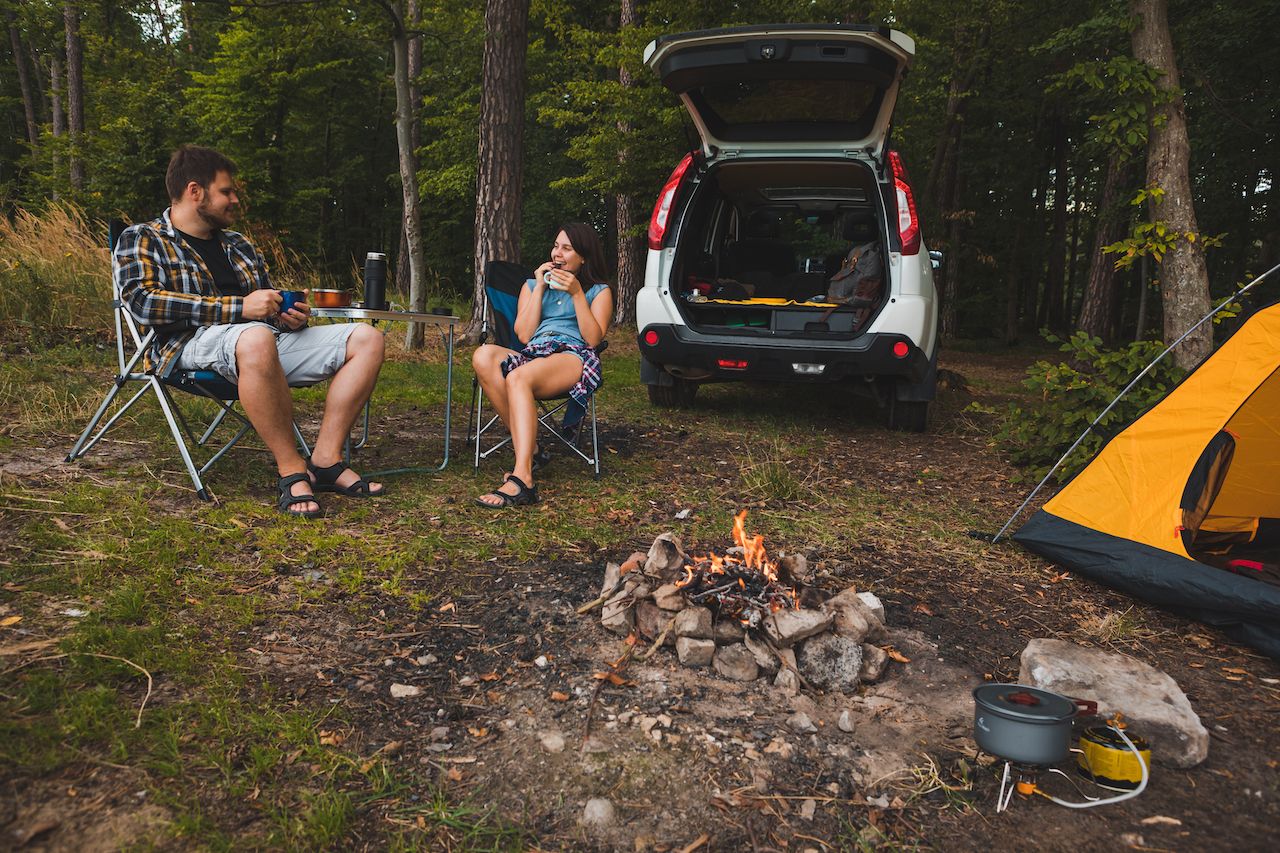First thing’s first: we want you to take your paid time off (PTO). Not just some of it. Not just when work is slow. All of it. Every year. Balancing work with leisure time — whatever form that might take — is essential to maintaining a healthy lifestyle. So however you take your PTO, for God’s sake, take it.
Alright, now down to business. PTO is a valuable commodity. If there’s ever going to be a currency that replaces money as legal US tender, it won’t be Bitcoin — it’ll be PTO days. While two weeks might be the standard, it’s increasingly common for employers to offer three or four weeks, or even have an unlimited time-off policy in the interest of promoting employee happiness. Evolving attitudes toward more flexible PTO beg the question — what do people do with all that PTO? There are generally two schools of thought: save up your PTO and take an epic two-week vacation to Bali, or use it in smaller spurts, for individual mental health days and occasional long weekends.


